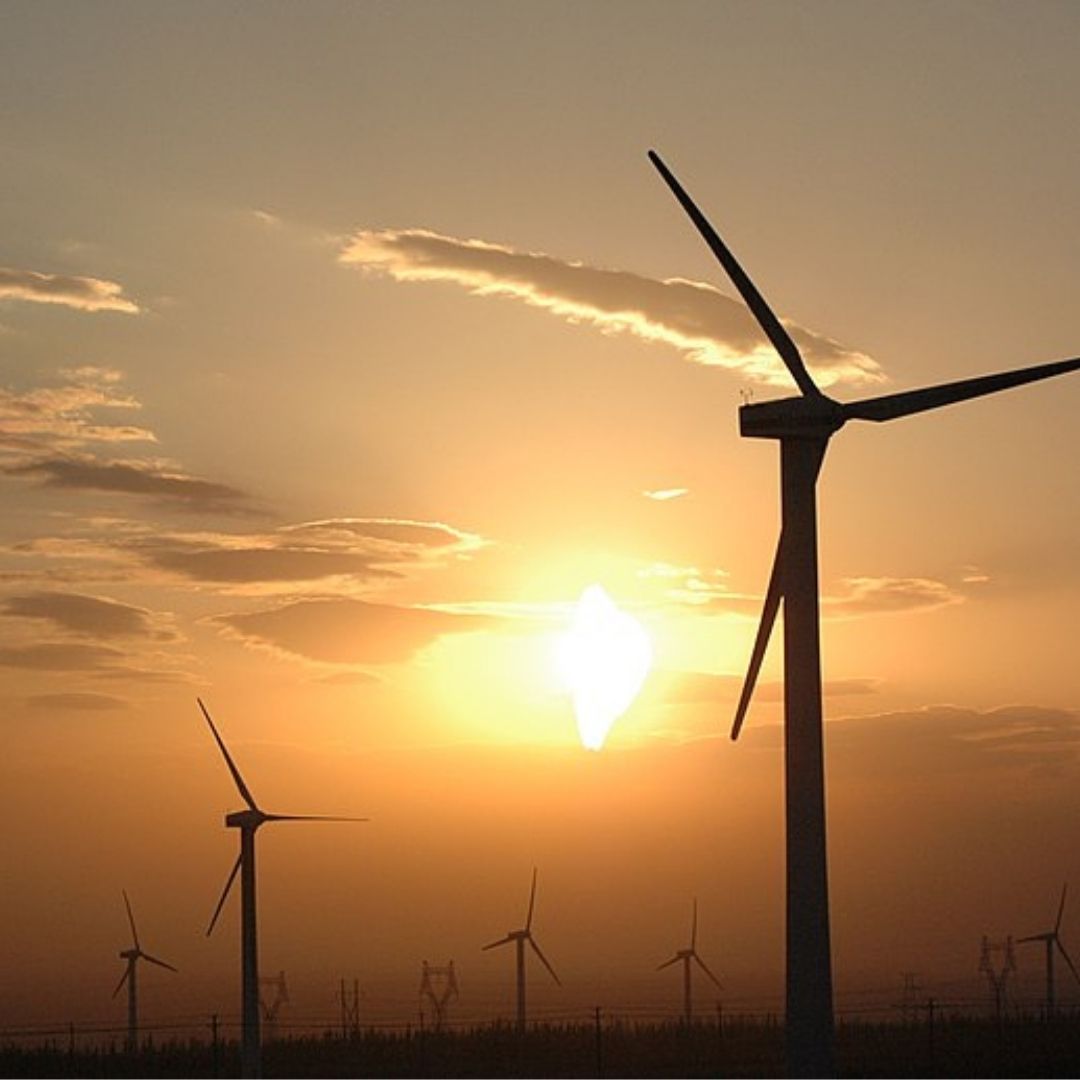
Image Credits: Wikipedia
India Achieves Target Of 40% Power Generation Capacity From Non-Fossil Fuels
Writer: Tashafi Nazir
For most people, journalism sounds hectic and chaotic. For her, it's a passion she has been chasing for years. With an extensive media background, Tashafi believes in putting efforts on presenting a simple incident in the most interesting way.
India, 3 Dec 2021 11:32 AM GMT
Editor : Palak Agrawal |
Palak a journalism graduate believes in simplifying the complicated and writing about the extraordinary lives of ordinary people. She calls herself a " hodophile" or in layman words- a person who loves to travel.
Creatives : Tashafi Nazir
For most people, journalism sounds hectic and chaotic. For her, it's a passion she has been chasing for years. With an extensive media background, Tashafi believes in putting efforts on presenting a simple incident in the most interesting way.
At COP 21, as part of its Nationally Determined Contributions (NDCs), India had committed to achieving 40 per cent of its installed electricity capacity from non-fossil energy sources by 2030. The country has achieved this target in November 2021 itself.
India has achieved the target of 40 per cent of its installed electricity generation capacity being from non-fossil energy sources, an official statement stated on Thursday, December 2.
"At COP 21, as part of its Nationally Determined Contributions (NDCs), India had committed to achieving 40% of its installed electricity capacity from non-fossil energy sources by 2030," said the Ministry of New and Renewable Energy.
He further added that the country has achieved this target in November, 2021, itself.
Target Achieved In November
According to the statement, the country's installed renewable energy (RE) capacity stands at 150.05 GW, while its nuclear energy-based installed electricity capacity is 6.78 GW, The Times of India reported.
This brings the total non-fossil fuels-based installed energy capacity to 156.83 GW —which is 40.1% of the total installed electricity capacity of 390.8 GW, in line with Prime Minister Narendra Modi's announcement at the recently concluded COP26 climate change conference.
The statement added that the government is committed to achieving 500 GW of installed electricity capacity from non-fossil fuel sources by 2030.
As per the latest edition of the International Energy Agency's annual Renewables Market Report, despite the rising costs of critical materials used to make solar panels and wind turbines, the addition of new renewable power capacity in 2021 is forecast to rise to 290 gigawatts (GW), surpassing the previous all-time high set in 2020.
By 2026, global renewable electricity capacity is forecast to rise over 60% from the 2020 levels to over 800 GW -- equivalent to the current total global power capacity of fossil fuels and nuclear combined. This is driven by more substantial support from government policies and more ambitious clean energy goals announced before and during the COP26 Climate Change Conference.
 All section
All section














